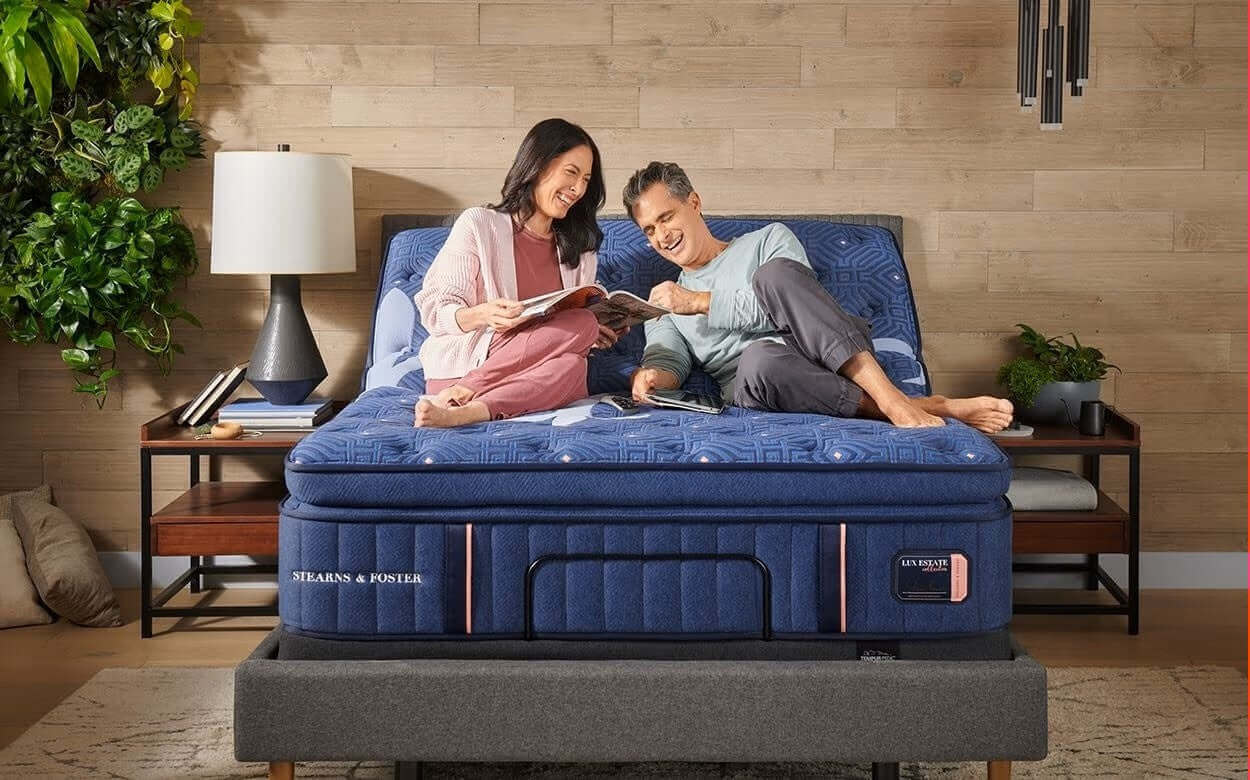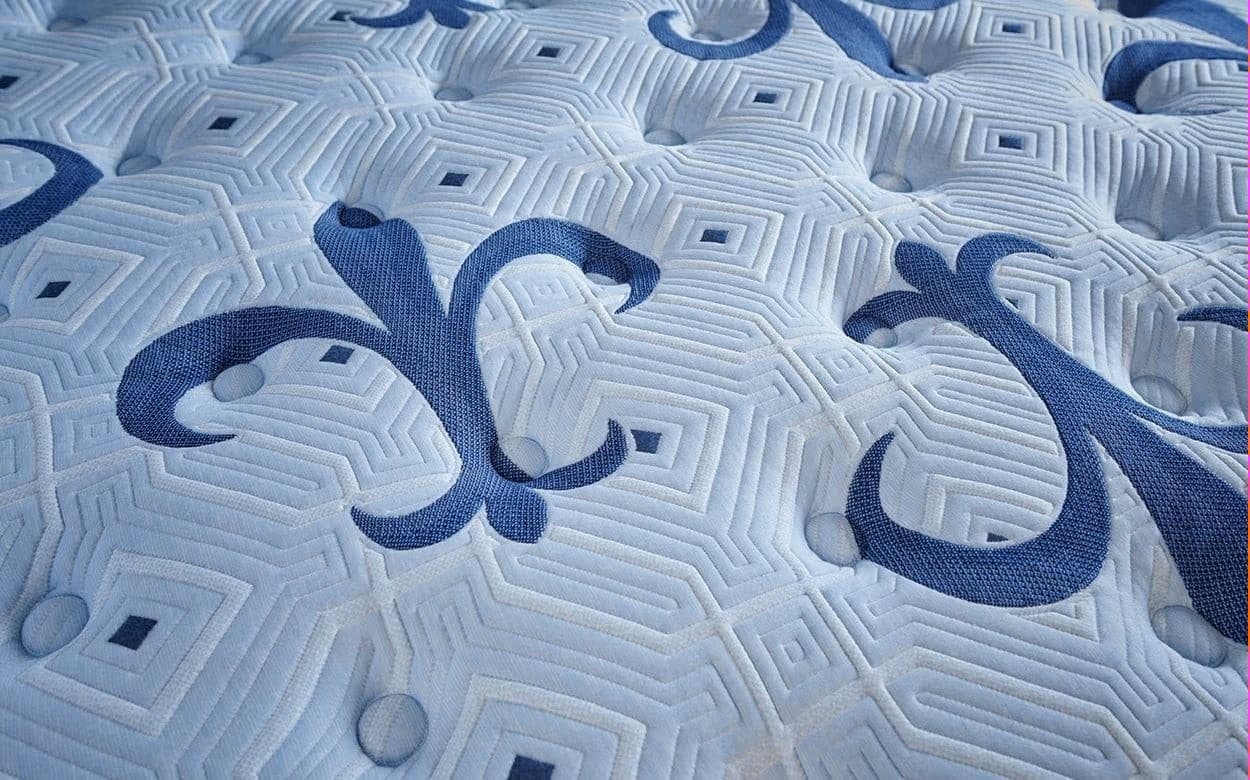Air Bed Mattresses: Customizable Comfort for Discerning Sleepers
Air beds represent a sophisticated sleep technology that offers unprecedented customization through adjustable air chambers. Unlike traditional mattresses, high-quality air beds allow sleepers to modify firmness levels with precision—even accommodating different preferences on each side for couples.
Premium Air Beds
- Construction: Feature 1-6 air chambers (depending on size) encased in quality materials
- Comfort Layers: Typically include 2-5 inches of memory foam, latex, or polyfoam comfort layers
- Adjustability: Many models offer dual-sided customization with 20-50 firmness settings
- Technology: Premium models include smart technology with automatic adjustments, sleep tracking, and smartphone controls
- Durability: Quality air beds can last 8-10 years with proper maintenance
- Price Range: $1,000-$5,000+ for queen sizes, with leading brands like Sleep Number commanding premium prices
Temporary Air Mattresses
- Purpose: Designed for occasional guest use, camping, or temporary accommodations
- Construction: Single air chamber with flocked tops for minimal comfort
- Lifespan: Generally 1-3 years with occasional use
- Convenience: Portable, inflatable/deflatable, and easily stored
- Price Range: $30-$250 depending on quality, height, and built-in pump options
Air Bed Considerations
- Pump Systems: Look for whisper-quiet pumps with memory settings
- Remote Controls: Quality models offer digital remotes or app controls
- Warranty Coverage: Pay special attention to coverage for air pumps and chambers
- Edge Support: Higher-end models include reinforced edges for better perimeter support
- Motion Isolation: Individual chambers virtually eliminate motion transfer for couples
- Temperature Regulation: Air chambers naturally resist heat retention compared to all-foam options
Waterbed Mattresses: The Fluid Support Experience
Waterbeds made a significant cultural impact from the 1960s to the 1980s and still maintain a dedicated following. Modern waterbeds have evolved significantly, offering sophisticated stabilization systems and improved temperature control.
Types of Waterbeds
- Free-Flow (Full Wave): Offers the classic waterbed experience with unrestricted water movement; provides a fluid, full-motion feel with pronounced wave effects. Best for those seeking nostalgia, though not recommended for back issues. Requires a heater to maintain comfortable temperature.
- Semi-Waveless: Features fiber layers, foam bolsters, or partial baffling to reduce water movement by 70-80%, offering moderate wave action with improved stability—ideal for balance-seekers.
- Waveless (Zero Wave): Contains extensive fiber layers and complete baffling systems to nearly eliminate water movement, providing a stable surface similar to conventional mattresses and consistent contouring support—suitable for those with back pain or sensitive sleepers.
Practical Waterbed Considerations
- Installation Requirements: Specialized frame (pedestal) with deck and liner required
- Maintenance Needs: Periodic conditioning (every 6-12 months) to prevent algae growth
- Weight Concerns: A queen waterbed weighs approximately 1,600-1,800 pounds when filled
- Heating Costs: Adds approximately $5-20 to monthly electric bills depending on model efficiency
- Longevity: Quality vinyl bladders typically last 8-10 years before replacement is necessary
- Temperature Control: Most models feature adjustable heating systems to maintain ideal sleeping temperature
Futon Mattresses: Versatile, Space-Saving Solutions
Futons represent an elegant solution for space-constrained living, offering dual functionality as both seating and sleeping surfaces. Modern futons have evolved into sophisticated sleep options.
Japanese vs. American Futons: Key Differences
Traditional Japanese Futons (Shikibuton)
- Construction: Typically 3-4 inches thick, filled with cotton, wool, or synthetic batting
- Design Philosophy: Embraces minimalism and simplicity
- Usage: Placed directly on tatami mats or hardwood floors, then rolled up and stored during the day
- Maintenance: Requires regular airing out (every 1-2 weeks) to prevent moisture accumulation
- Lifespan: 5-10 years when properly maintained
- Authenticity & Benefits: True Japanese futons differ from Western futon sofas; they promote natural sleeping postures and alignment
American Futons
- Construction: 6-8 inches thick with internal support systems (springs or foam cores)
- Frame Integration: Designed to work with convertible frames for sofa-to-bed functionality
- Materials & Covers: Usually constructed with polyfoam, cotton batting, innersprings, or fiber layers and feature removable, washable covers in various fabrics
- Folding Capability & Price Range: Designed with designated fold points for conversion; typically priced between $200-$800 for queen sizes
- Best Applications: Ideal for studio apartments, guest rooms, or multi-purpose spaces
Quality Considerations for Futons
- Density Ratings: Look for at least 1.8 lb/ft³ density in foam components
- Thickness: Options of 8-10 inches provide the best compromise between comfort and foldability
- Fill Materials: Cotton-wrapped foam cores offer the best balance of comfort and durability
- Design: Bi-fold designs typically provide better sleep surfaces, though they require larger frames compared to tri-fold options
- Cotton Content: Higher percentages of cotton improve breathability and overall comfort
For optimal futon longevity, regular rotation (every 3-4 months) and occasional sunning can significantly extend their useful life. When primarily used as a bed rather than a convertible piece, futons offer a comfortable and economical sleep solution for 5-8 years.







